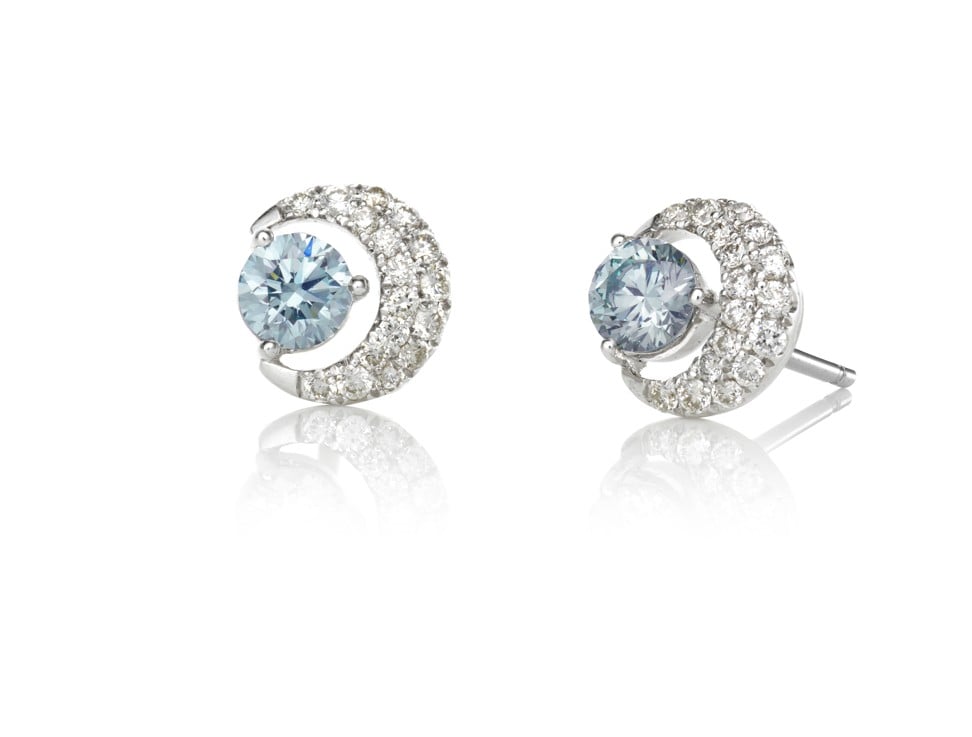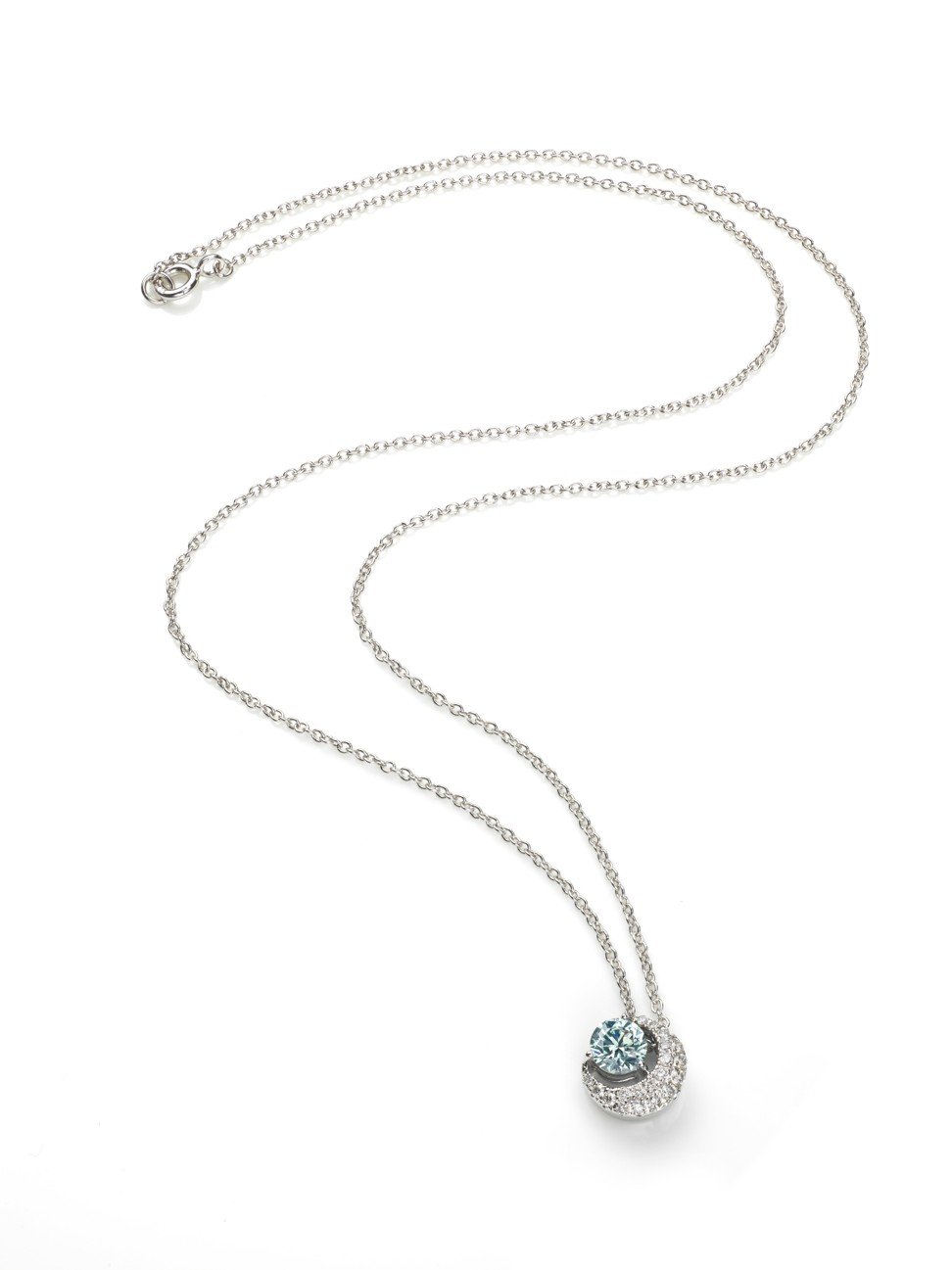Will Cartier and other luxury brands start using more lab-grown and synthetic gems in their jewellery?

Have you ever eyed expensive-looking, quail-egg size gemstones in a jewellery store window only to be baffled by the low price tags? Chances are these pieces are mounted with gem-quality synthetic or laboratory-grown diamonds and coloured gemstones.

Many gem-quality, lab-grown diamonds and coloured gemstones have a colour vibrancy comparable to their natural counterparts but often at a fraction of the cost. But as experts say, despite the advances in synthetic gem-making technology, they are unlikely to be seen as the real deal in the eyes and minds of true gem lovers and collectors.
Louis Vuitton, Cartier, Graff and others make emeralds a trend
Natural diamonds and coloured gemstones are extracted from mines, cut, polished and faceted before they are set in jewellery. Depending on the quality of the gems, some are subject to various forms of enhancement which permanently change their appearance. For instance, heat treatment is used to improve the colour and clarity of some sapphires and rubies. Laser-drilling is used to remove some inclusions in diamonds. Also, many emeralds undergo oil treatment for fracture-filling.

Lab-grown coloured gemstones and diamonds, identical to their natural counterparts chemically and optically, refer to gems which are created through carefully controlled processes and conditions in labs to mimic the naturally occurring ones.
Over the years, many methods have been developed to produce synthetic gems. In the more sophisticated processes, all the chemicals and minerals present in nature are meticulously introduced into an environment at the right temperature and pressure levels to induce the “growth” of the synthetic gemstone crystals.

Most lab-grown gemstones are the artificial replicates of the big three coloured gemstones – ruby, sapphire and emerald. Some controlled processes are able to produce the most prized colours. For instance, most synthetic Colombian emeralds are made with the hydrothermal laboratory process, which is time-consuming, costly and similar to the process that produces naturally-found emeralds.
From Van Cleef & Arpels to Graff: nature’s place in luxury jewellery
The process also convincingly replicates the fissures (sometimes affectionately referred to as jardin in French, or garden in English) in synthetic Colombian emeralds. Many lab-grown rubies, some in the coveted pigeon’s blood hue, are made with the same hydrothermal process.

Synthetic blue sapphires made with the Czochralski method are considered of superior quality. The various elements that make up sapphire are melted in a platinum crucible. A small gem crystal, known as a seed, attached to a rod, is then dipped into the molten substances and slowly pulled away as the crystal grows around the seed. For this reason, these synthetic sapphires are also known as pulled sapphires. This method also produces synthetic sapphires in other colours, including pink, purple and the highly prized Padparadscha colour.
Why rubies, sapphires and emeralds are a girl’s new best friends
Gem-quality lab-grown diamonds have been available for more than a decade.
However, they did not cause much of a stir in the market until mining giant De Beers announced that it would begin marketing jewellery set with its lab-grown diamonds under the Lightbox brand last year.

According to the Gemological Institute of America (GIA), diamonds grown in a laboratory share most of the characteristics of their natural counterparts: they are essentially carbon. There are two popular methods to produce gem-quality, lab-grown diamonds. In chemical vapour deposition, diamond growth in a vacuum chamber is induced by a chemical reaction which releases carbon atoms precipitating on diamond seed plates.
In the high-pressure-high-temperature process, diamonds grow from a melt flux which dissolves carbon at higher temperatures. Synthetic diamonds then form on seed crystals in a lower temperature portion of the growth chamber.

For some consumers, lab-grown coloured gem varieties have certain advantages, besides their prices. Because of their production within an entirely controlled environment, as opposed to the chaotic and random natural world, many synthetic gemstones exhibit fewer inclusions and more vivid colours than their natural counterparts. Many lab-grown gemstones are set in designs in silver- or gold-plated metals, or precious alloys with lower gold content, such as 9-carat gold.
Lab-grown diamonds and coloured gemstones should not be confused with gem simulants, which refer to items made of plastic, glass, resins and dyes.
Gem Dior launches US$2.1 million necklace – and 98 other pieces
As the name suggests, simulants merely imitate the appearance of a natural gemstone without the similar chemical and mineral compositions. For instance, diamond simulants widely available in the market include cubic zirconia and moissanite.
Unless a shopper is a certified gemologist able to examine the synthetic gemstones with a powerful microscope, many well-made synthetic gemstones and diamonds are indistinguishable from the natural ones to the naked eye. Reputable jewellers market designs with synthetic gemstones as what they really are with full product disclosure.

On the other hand, many diamonds from slightly below 1 carat are certified and sold with certificates from reputable gem labs, particularly the GIA.
Many natural coloured gemstones are available with certificates from the Gübelin Gem Lab, an international authority on coloured gemstones.
Despite the lower cost of synthetic gemstones, experts maintain without much doubt that they can never compete against natural gems in terms of price, rarity and demand.
While a 1-carat synthetic diamond goes for US$800 or more, its natural counterpart will cost at least triple that price. And for natural gems that are of the highest quality, the sky is the limit; high-quality coloured or white diamonds have been known to reach record-breaking prices at auctions in recent years.

As Graeme Thompson, worldwide head of jewellery at Phillips, says, it is never easy to put a price on something that took nature billions of years to create.
Which secret watch did Amanda Seyfried wear on the red carpet?
“Natural diamonds take billions of years to form and are known to be finite in production. These qualities cannot be recreated in a laboratory by scientists, which is why I don’t think the prestige of natural diamonds will ever be brought into question.
Diamonds will always be desirable to those who can afford them because they symbolise beauty, rarity, power and are a tool of alternative investment.”
Want more stories like this? Sign up here. Follow STYLE on Facebook, Instagram, YouTube and Twitter .

Many gem-quality, lab-grown diamonds and coloured gemstones have a colour vibrancy comparable to their natural counterparts but often at a fraction of the cost